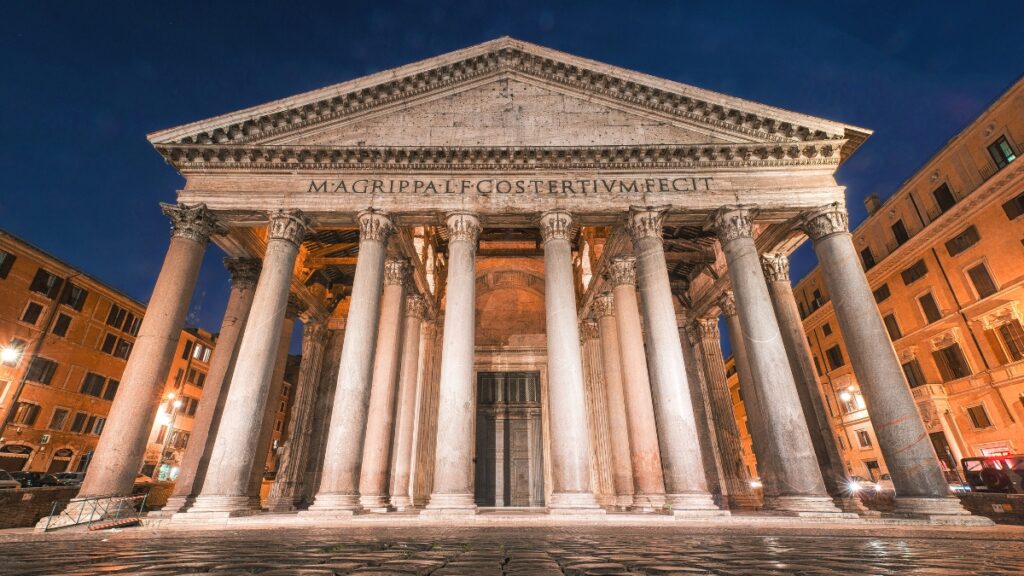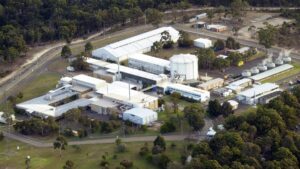
Recent research from the Massachusetts Institute of Technology (MIT) has unveiled the unique properties of ancient Roman concrete, shedding light on why this building material has endured for nearly two millennia. The study, led by materials scientist Admir Masic and civil engineer Linda Seymour, explored the components and mixing techniques of Roman concrete, revealing critical insights that could influence modern construction practices.
The ancient Romans are renowned for their engineering feats, with structures such as aqueducts and the nearly 2,000-year-old Pantheon in Rome still standing as testaments to their expertise. Central to the durability of these structures is a type of concrete known as pozzolanic concrete, made from volcanic ash and lime. Traditionally, the durability of this concrete has been attributed to its ingredients, particularly pozzolana, which is rich in volcanic ash, and slaked lime.
Unraveling the Composition and Mixing Techniques
In 2023, the MIT research team analyzed ancient concrete samples from the archaeological site of Privernum in Italy. The team employed advanced techniques such as large-area scanning electron microscopy and energy-dispersive X-ray spectroscopy to investigate the lime clasts found within the concrete. Contrary to previous beliefs, they discovered that the lime used in Roman concrete was not merely slaked lime but rather consisted of quicklime mixed with pozzolana at high temperatures, a process the researchers termed “hot mixing.”
This method, which produces lime clasts, offers several advantages. First, the elevated temperatures facilitate chemical reactions that would not occur with slaked lime alone, resulting in enhanced material properties. Second, the hot mixing process accelerates curing and setting times, significantly expediting construction.
Notably, the presence of lime clasts contributes to the concrete’s self-healing capabilities. When cracks form, they tend to propagate toward these clasts, where water triggers a reaction that produces calcium carbonate. This process effectively seals the crack, preventing further deterioration. The researchers noted similar self-healing phenomena in concrete from the Tomb of Caecilia Metella, where ancient cracks were filled with calcite.
Implications for Modern Construction
The implications of this research extend beyond archaeological interest. The team conducted experiments comparing pozzolanic concrete made using both ancient and modern methods. The findings revealed that the quicklime-based concrete exhibited self-healing properties, healing cracks within a two-week period, while the control concrete remained damaged.
Moreover, the researchers are exploring how these insights can lead to more sustainable construction materials. Initial studies suggest that while Roman-style concrete requires more water and energy in its production, its longevity may ultimately render it more environmentally friendly compared to modern Portland cement. Findings from this research were published in Science Advances, and further studies are ongoing to evaluate the commercial viability of these ancient techniques.
As construction technology evolves, understanding the durability of Roman concrete could provide valuable lessons for developing more resilient and sustainable materials for future infrastructure.







